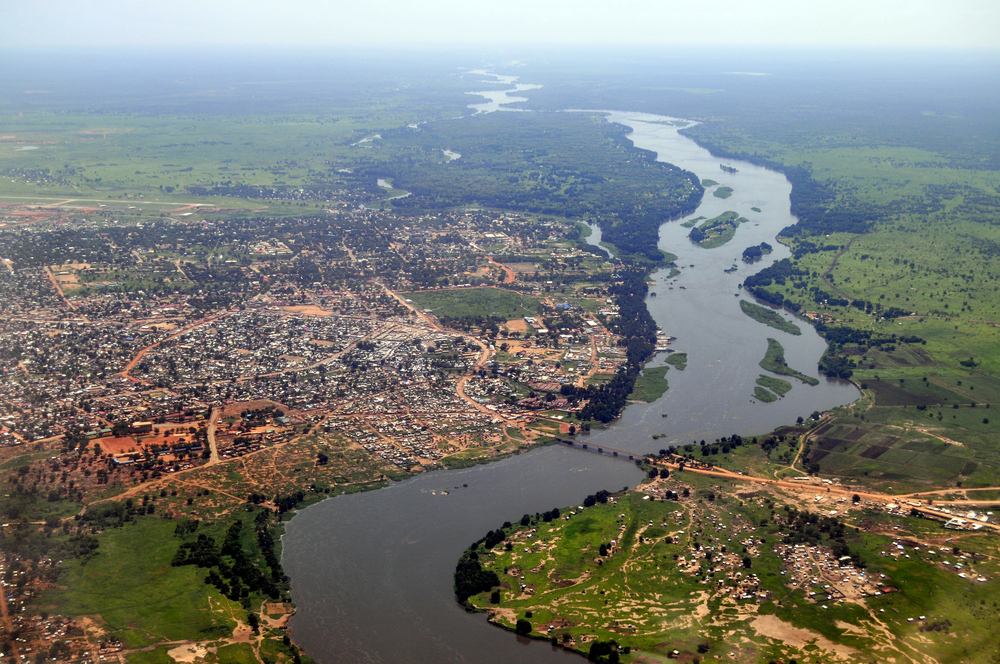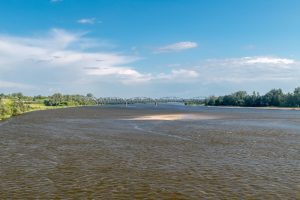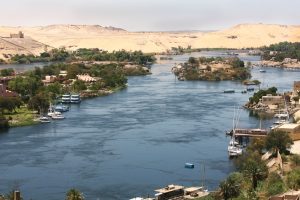Did you know that the Nile River flows for a distance that stretches approximately 4100 miles? This is how far it travels before it reaches the mouth of the Mediterranean Sea.
This river has been around for thousands of years and serves a number of important functions.
One of its main benefits is that it has managed to be a source of irrigation in dry land. Nowadays, this river has been upgraded to become a source of transportation as well as trade routes. Keep reading to find out more about this incredible river.
The Nile River is a river that flows through eastern Africa. It flows in a south to north direction. The origin of this river can be traced to Lake Victoria located in three countries, Kenya, Tanzania, and Uganda.
After flowing for 4,100 miles north, it empties into the Mediterranean Sea. In fact, this is the longest river in the entire world. Moreover, it’s the only river that runs along the borders of 10 countries in Africa.
Table of Contents
What is the history of the Nile River?
When you think back to the development of Ancient Egypt, you’ll know that this river was one of the critical components of building it.
However, it has also played a significant role in helping other African countries to meet their irrigation needs.
The soil of this river, found along the delta that runs between Cairo and the Mediterranean Sea, is very rich in nutrients.
There are large silt deposits that you can find along the Nile River’s banks, and annual flooding maintains these deposit silts.
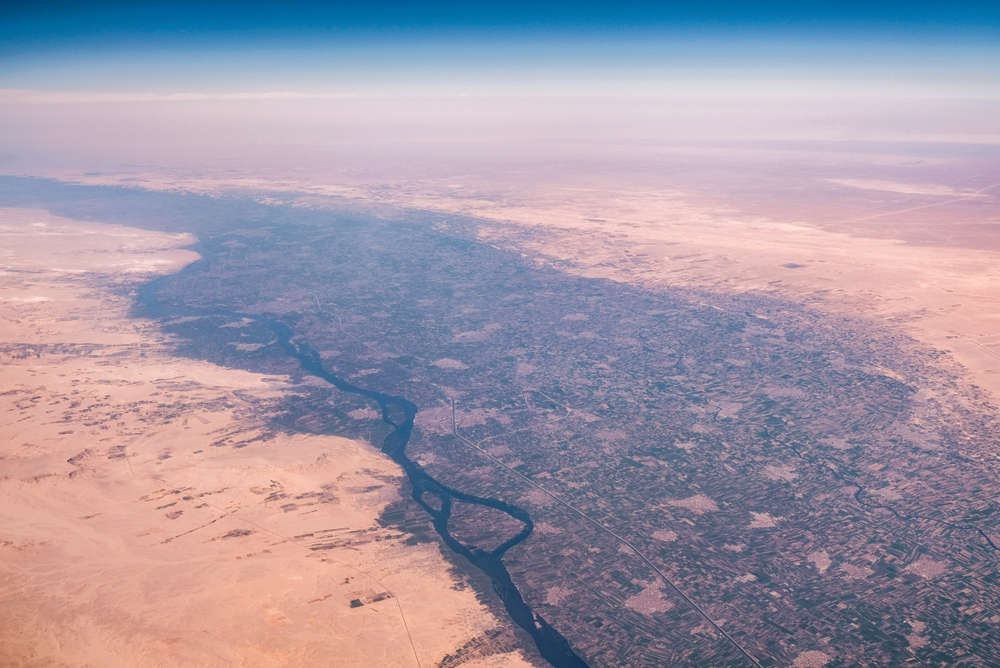
If you were to use a satellite map to observe the contrast between the Nile River and its surrounding desert, you’ll see how obvious it is.
There are lush riverbanks in the desert where this river flows. The Nile River’s delta region has been responsible for the cultivation of food in Egypt. This has been happening for millions of years.
Ancient Egyptians and the Nile River
In Ancient Egypt, there were innovative irrigation methods that were developed to help increase the amount of land that was needed for crops.
This was essential to help support a population that was thriving. Abundant crops such as beans, cotton, and flax were stored carefully because they could be traded easily.
One of the most valuable plants that were grown in the Nile River Delta is the papyrus plant. This plant was used by ancient Egyptians for many things, such as making paper and cloth.
The Nile River was used by ancient Egyptians for its natural resources. In addition to this, it was mainly used for bathing, recreation, drinking, and even transportation.
The importance of the Nile River today
Nowadays, there are approximately 95% of Egyptians that live within a few miles of the Nile River. They use canals to ensure that they have an adequate water supply for their farms and to support irrigation needs in the city.
The most notable activities that are supported by this river are agriculture and fishing.
With the invention of speed boats and water taxis, using the Nile River for transportation has made it easier for locals to travel. Moreover, it’s a great way for you to avoid crowds.
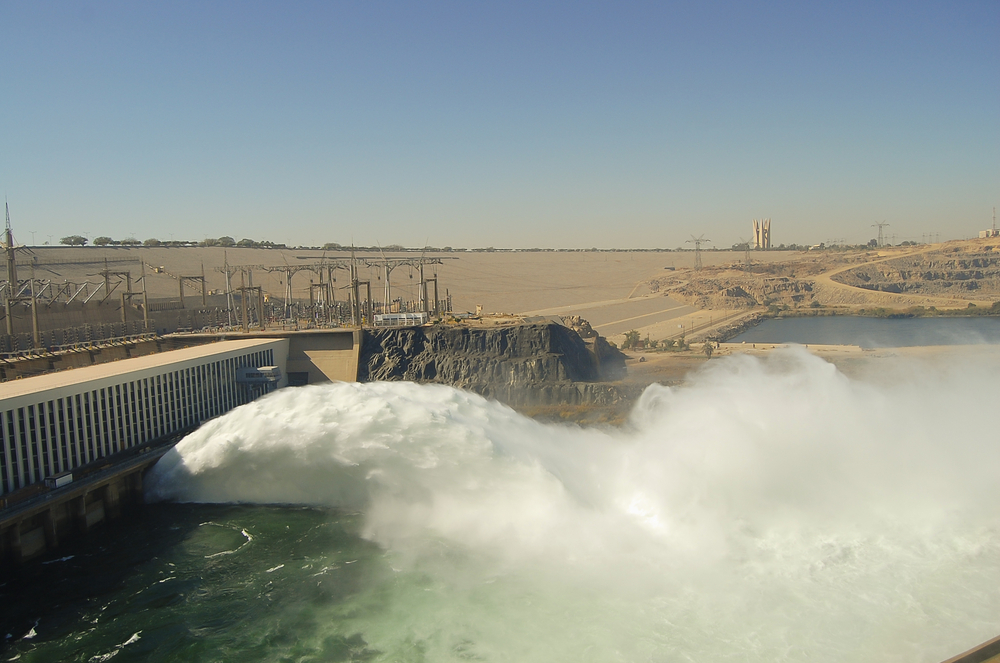
There are dams such as the Aswân High Dam that help tame this river. Plus, they provide the cities with hydroelectric power. But there’s a downside to this.
The value of the Nile’s sediment load
The nutrient-rich sediment load that was used to enrich the soil for a valuable delta has started to build up behind the dam instead. There is a lot of erosion that has been taking place along the Mediterranean Sea.
Researchers suggest that it is a result of changing climatic conditions.
This means that the delta is shrinking in size. Additionally, the annual flooding doesn’t happen in some parts along this river.
These floods were important for flushing any agricultural and human waste. If you have noticed the delta in recent years, you’ll realize that it has become more prone to pollution.
Yet, the one thing that remains true to its purpose is that the Nile River is still a very functional and significant trade route. It connects the African continent with European markets and beyond.
Why does the Nile River flow south to north?
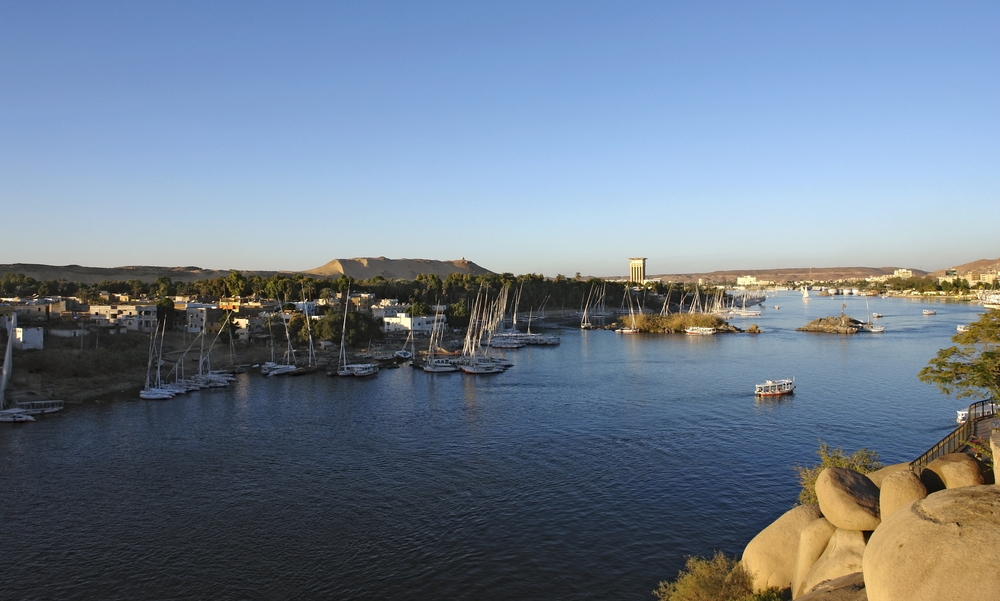
Now that you have the history of the Nile River and how it is still a valuable resource today, you should understand why its flow is considered something worth asking about.
It confuses a lot of people, but it’s not as difficult as you might think. The simple answer is that the north direction of the river’s flow is downhill.
The fact is that the direction that a river will flow is determined by the elevation of its drainage basin. This means that you can’t rely on a geographical direction to determine where the river will flow.
The land where this river flows through falls away towards the north direction.
This is how this river flows from south to north even though geographically speaking, it flows from the east since it originates in Lake Victoria.
There are other rivers such as the Monongahela River that will flow from south to north. Yet, there is this misconception that rivers will flow south due to how the earth is shaped.
Elevation as a Factor
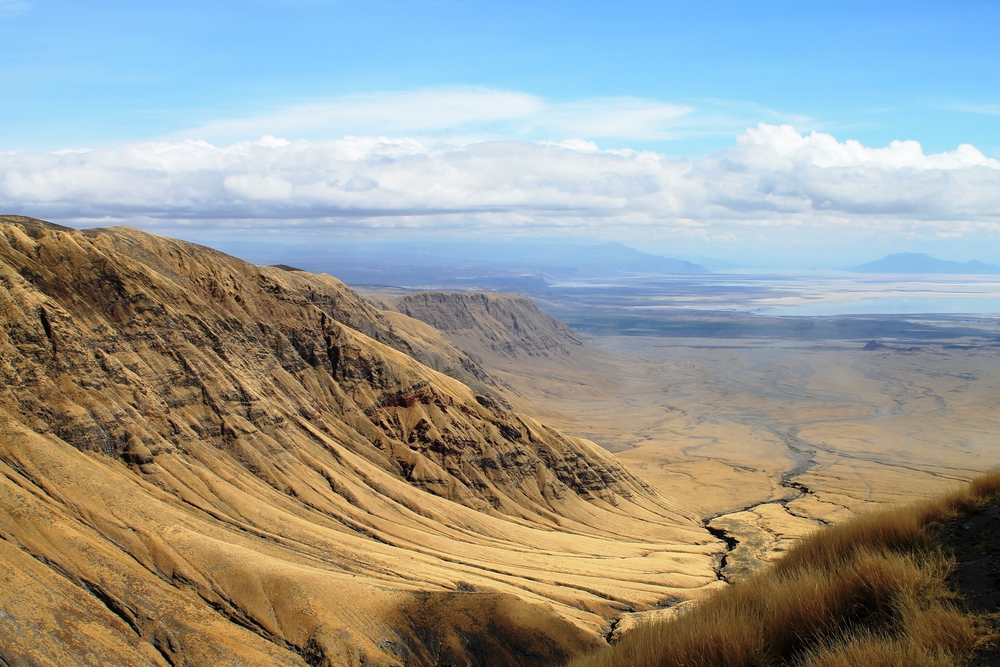
The fact of the matter is that the higher the elevation of a river, the further north it will flow. This is a typical flow direction that you find in lakes and rivers that are along the African Rift Valley.
The only time when the flow of the river will change is if the land is completely flat.
Frequently Asked Questions
Has the Nile River ever dried up?
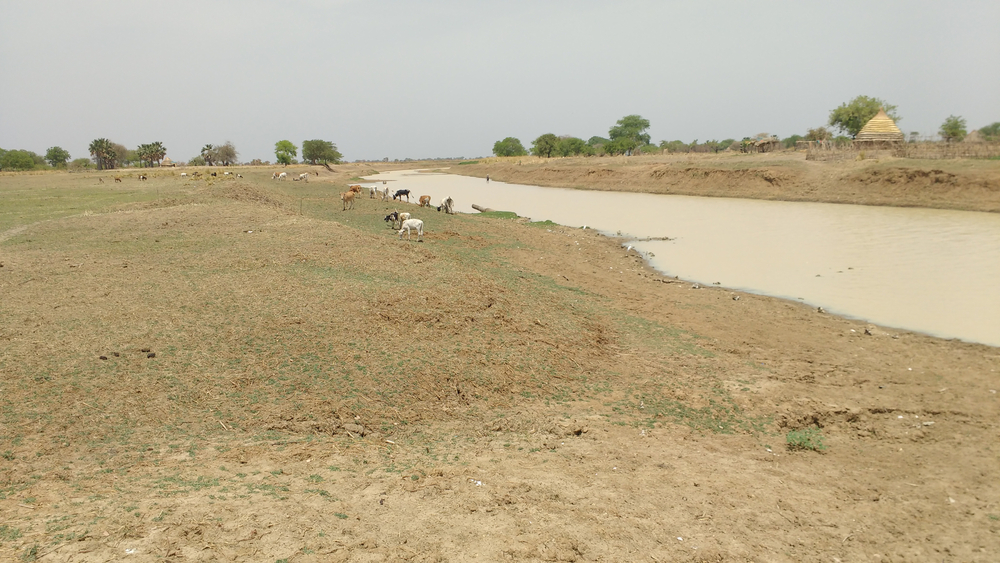
There are a lot of people and countries that depend on the Nile River as a source of irrigation and transportation. It provides more than 90% of the population with its water needs.
Even though it hasn’t completely dried up, the impact of global warming is causing parts of this river to dry up.
The rising sea levels and soil salinization are also compounding this problem.
How clean is the Nile River?
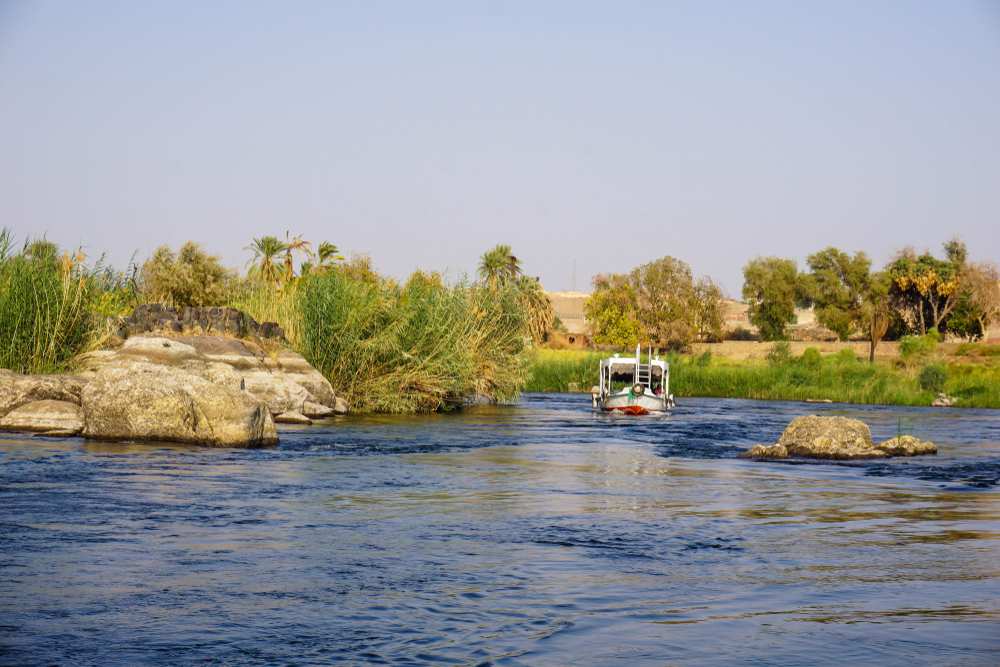
On average, the water on the mid-stream of the Nile is still considered to be very clean. However, there are dilution effects that have had an impact on the quality of the water in parts of the Nile River.
For instance, the degradation of the delta from the deposits that are collected due to the Aswân High dam, have increased pollutants in the river.
What are the negative effects of the Aswân High Dam on the Nile River?
The main issue is that the dam has heightened pollution on the banks of the river. This has decreased the surrounding land fertility as a result.
In summary, this river has become a very significant part of the African continent. The majority of its irrigation and transportation systems rely on the Nile River.
In addition, the lush nutrients found in the sediment load have ensured that many populations receive adequate agricultural production and support.

